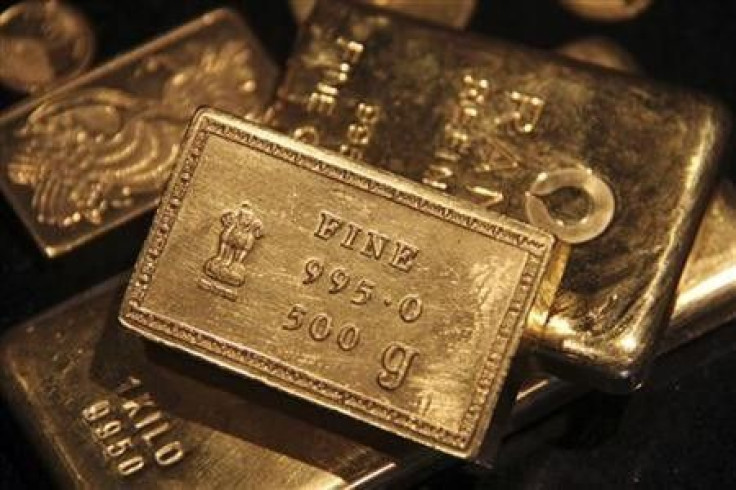Gold Prices Appear Set To Resume Ascent - Analysts

Gold prices, which have fallen the last two weeks, edged up Monday in what could be the start of a rebound driven by continued low interest rates, rising physical demand, ongoing strikes at South African mines and bargain hunting by investors.
Since May 16, when the gold price closed at $1,542.70 per troy ounce, it has risen more than 16 percent to $1,796.5 on Oct. 4. But Friday, after two weeks of falling, it hit a six-week low, in the biggest one-day decline in three months.
On Monday, however, it appeared that the skid may be ending. The most actively traded contract on the CME closed up $2.30 to $1,726.30.
Analysts offered varying explanations. Some said physical demand in India was picking up on the approach of the key festival of Diwali. Others pointed South African mining companies increasing estimated losses from recent labor strife. Gold Fields Ltd. (NYSE:GFI), for example, hiked its estimated losses to 65,000 ounces from 35,000 ounces.
Hussein Allidina, head of commodity strategy at Morgan Stanley and a member of the Global Investment Committee, said investment demand for gold is likely to remain strong in an environment of low real interest rates and heightened risk aversion due to uncertainty about the sovereign debt morass in the euro zone.
Allidina continues to rank gold as his top tactical pick. He recently increased his price forecast and now expects gold to reach $1,875 during 2013.
Suki Cooper, a Barclays analyst, forecasts gold prices rising this quarter to $1,810.
“Given our foreign exchange view for the U.S. dollar to weaken against the euro over the remainder of 2012, coupled with the physical market’s recent responsiveness to lower prices, we retain a positive outlook for prices.”
“The difficulty for gold at this juncture is that it lacks both internal and external drivers, risk sentiment has softened while specs are cutting back positions after the aggressive extension in length since mid-August,” she wrote in a note Monday. “Gold is currently relying more on bargain hunters to come in and protect the downside.”
© Copyright IBTimes 2024. All rights reserved.












